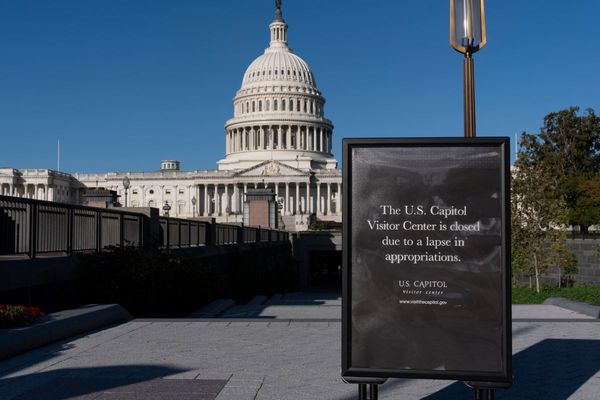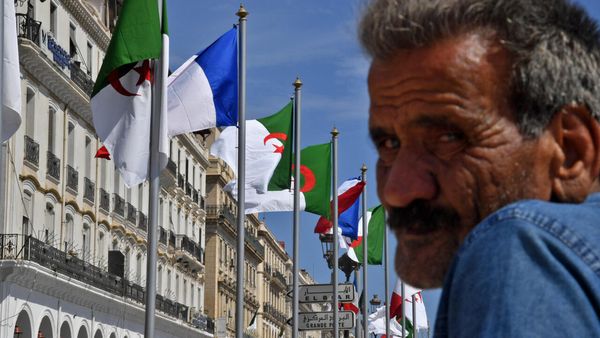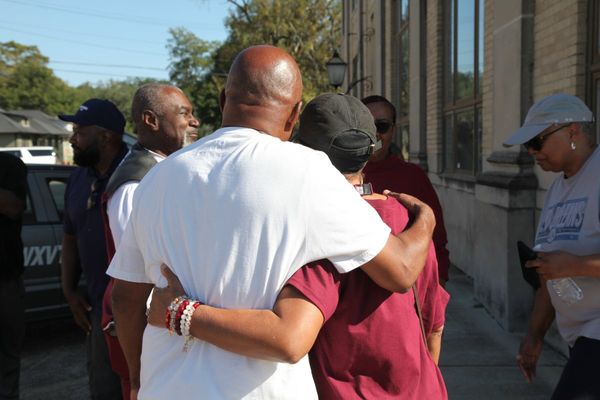Migrants who once risked their lives traversing the jungles of the Darien Gap in search of asylum in the US are now returning to their home countries.
After former President Donald Trump's crackdown on asylum policies, many migrants, primarily from Venezuela and Colombia, have abandoned their attempts to reach the US.
According to authorities, this has resulted in a “reverse flow” of migrants.
Speedboats are now transporting them from Panama back to Colombia, navigating the dense jungle rivers near the border.
Many had previously spent months, even over a year, in Mexico, awaiting asylum appointments through the CBP One app, which has since been discontinued under Trump's policies.
Karla Castillo, a 36-year-old Venezuelan traveling with her younger sister, said: “When Trump arrived and eliminated the application (CBP One) all our hopes went up in smoke.”
The boats depart from a rural part of Panama and cross the seas in packs to reach Colombia.
They were part of a well-oiled migrant smuggling machine, which once raked in money from the steady flow of hundreds of thousands of people headed north nearly a year ago.
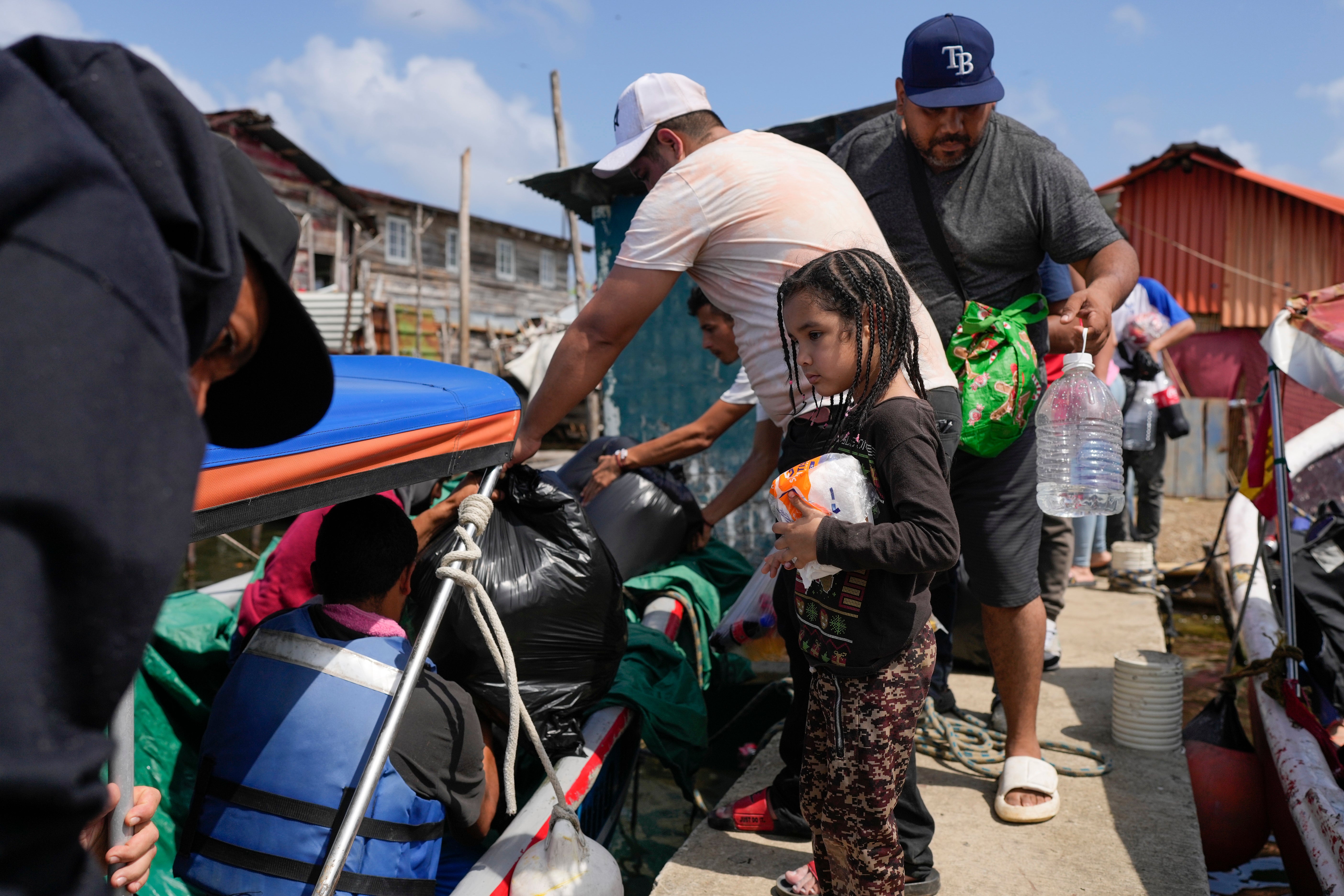
The speed boat route, which crosses through the Indigenous Guna Yala lands, was once part of what smugglers called the VIP route, in which migrants paid more so they wouldn't have to take the deadly trek through the Darien Gap.
But now that much of the Darien’s migrant smuggling industry has collapsed, smugglers are taking advantage of the reverse migration to charge steep costs to migrants – between $200 and $250 per person, including minors – for the boat rides.
For many passengers it is the last of their money, after having spent almost everything in pursuit of their American dream.
A ‘reverse flow’ of migrants
Castillo was plagued with “mix feelings” traveling backward. She was part of a mass migration from crisis-stricken Venezuela, fleeing to other Andean nations like Chile, Peru, Ecuador, Colombia and more before deciding to travel to the US.
She lived five years in Chile, a country that as gradually closed its doors to Venezuelan migrants, before she decided to risk her life traveling through the Darien Gap and hopping country-to-country until she reached southern Mexico.
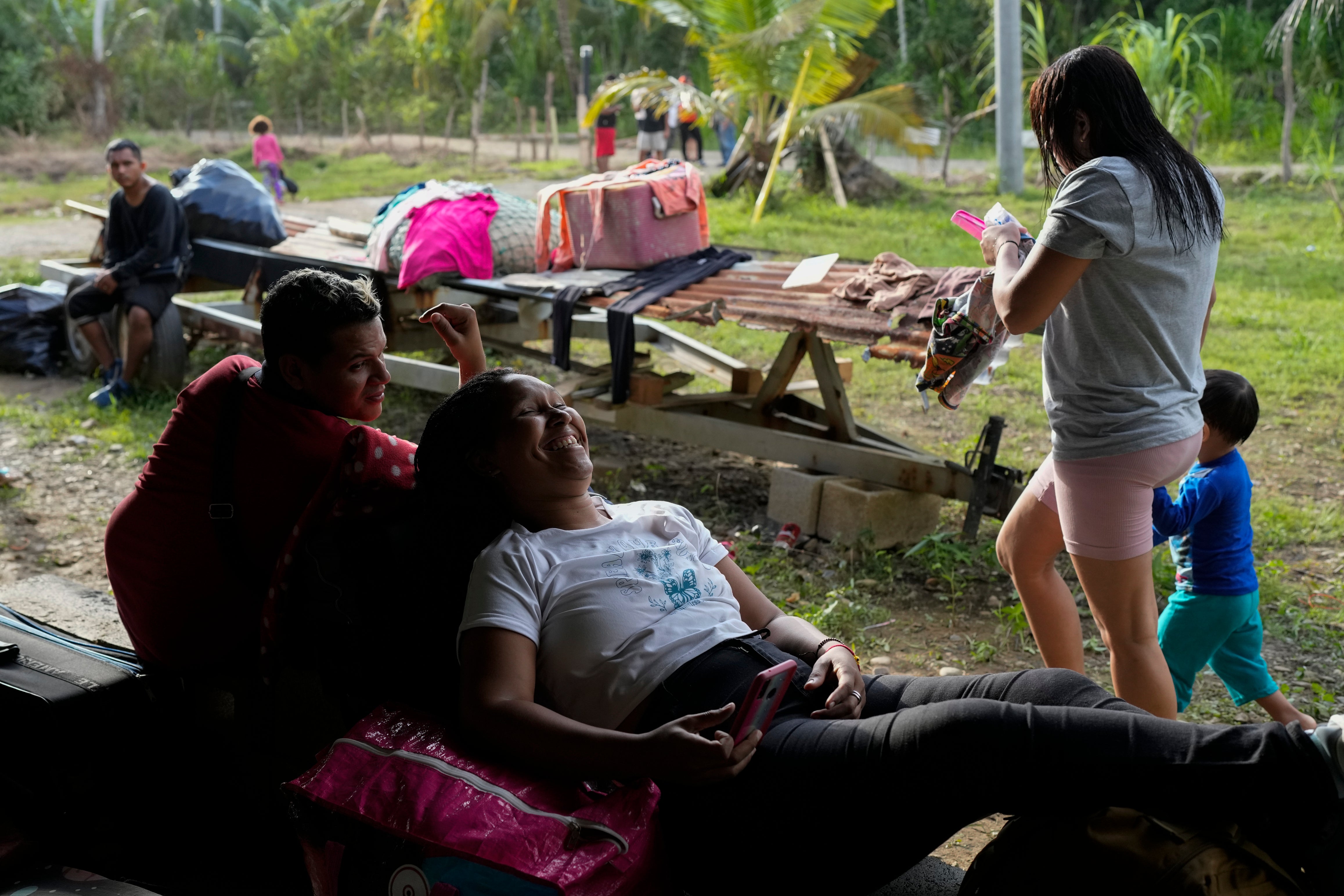
In early February, she and her sister decided to give up when they realized they lost their chance at legally seeking asylum in the US. But she was anxious to return home to her four children and mother, who sent her some money to get home, which she raised from a raffle, she said, sitting in front of a blaring music with other migrants while she waited for a boat.
“Supposedly (the music) is to lighten the mood, but nothing takes away the gloom," she said.
It’s unclear exactly how many people cross through the boat route daily, but for weeks, large groups, including several hundred from mainly Venezuela and Colombia, have been flocking to the area, where Indigenous laws govern. They’re offered overnight stays and sea transfers.
That falls in line with figures offered by neighboring Costa Rica, which says it’s seen between 50 and 75 people crossing through their country going south every day. Though it’s just a drop in a bucket to figures seen a year ago, when the government said it saw thousands of migrants headed north daily.
A dangerous journey
Some of the migrants waiting for their boat back to Colombia said they refused to return to Venezuela after the country’s recent elections, which have fueled democratic alarm and violence. They’d rather struggle in the same economic and legal precarity they faced for years in other countries, which have long pleaded with the international community for more funds to take on the migratory crisis.
“There's no way I'm going back to Venezuela. There are many of us that don't want to go back. They are going to Peru, Ecuador, Colombia. Just like before," said Celia Alcala as she waited to board a boat.
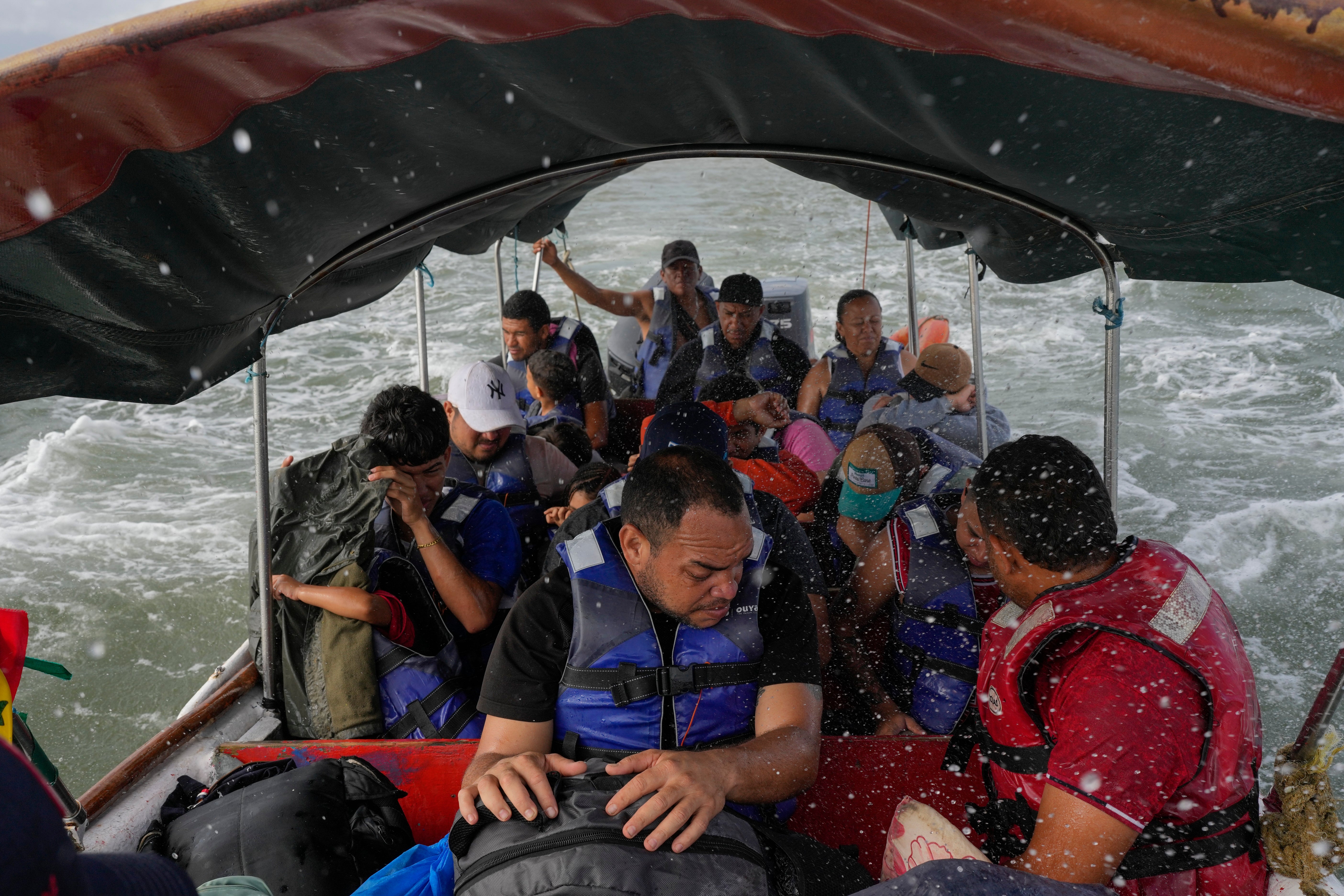
But the boat rides can also be deadly. There's little police presence at the checkpoints, despite Panamanian authorities saying that boat captains have to follow security measures.
On Friday, one boat disregarded a warning of heavy swells, capsizing while it was carrying 21 people, 19 of them migrants, off the coast of Panama. It claimed the life of one 8-year-old Venezuelan child, according to authorities.
The death fueled concern among many waiting for their boats, like Venezuelan Juan Luis Guedez, who was returning with his wife and -year-old daughter from southern Mexico.
After leaving Chile, where he lived for eight years after fleeing Venezuela, the family waited four months for an asylum appointment, hoping to reunite with family in the U.S.
“I don’t know if we will get there alive, but if we make it, the idea is to go back to Chile. My daughter was born there," he said.
